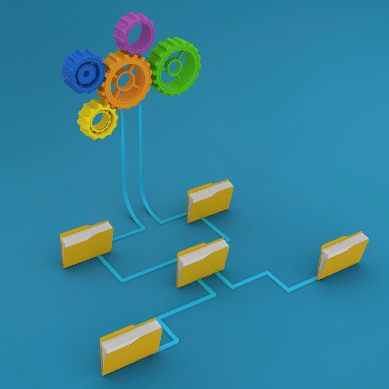Risk Management Plans Have These 5 Elements in Common:
Strategy
Creation and implementation of an integrated risk management framework which includes effective governance policies and risk ownership
Assessment
Identification, evaluation, and prioritization of risks
Response
Practical risk management steps that include identification and implementation of tools and strategies to manage and mitigate risk
Communication and reporting
Development of a process to inform stakeholders of an enterprise’s risk response strategies
Monitoring
Identification and implementation of a monitoring operation that checks that governance objectives are being met and the effectiveness of risk mitigation strategies
The Benefits
The benefits of an integrated risk management framework are multifold. We’ll outline a couple of them here.
- Lower cost of compliance and audit preparation and cut out redundant compliance tasks
- Automated risk mitigation techniques
- Link business strategy and IT risk landscape.
- A cyber-aware business culture that maximizes positive risks
- Significantly reduced fraud, remediation, and legal fees
- Rapid decision-making
What are Some Functions of Risk Management Software?
Centralized data collection
Integrated risk management applications collect data in a central location, which makes it easier to process and visualize data coming from all departments.
Risk analysis and assessment
Upon collecting the data, IRM software incorporates risk and dependencies into a risk assessment, producing actionable insights in real-time. Real-time data analysis enables faster and better decision-making. More information means better insights, and better insights mean more valuable reports.
Control
This function establishes different priorities and responsibilities. It also ensures that the company follows compliance rules.
Monitoring
All established risk management processes make it easy to track and monitor for quality.
Reporting
Companies have access to real-time, personalized reports that allow them to make decisions and take action whenever changes occur.
Please login or Register to submit your answer





